Types of Ransomware 2023
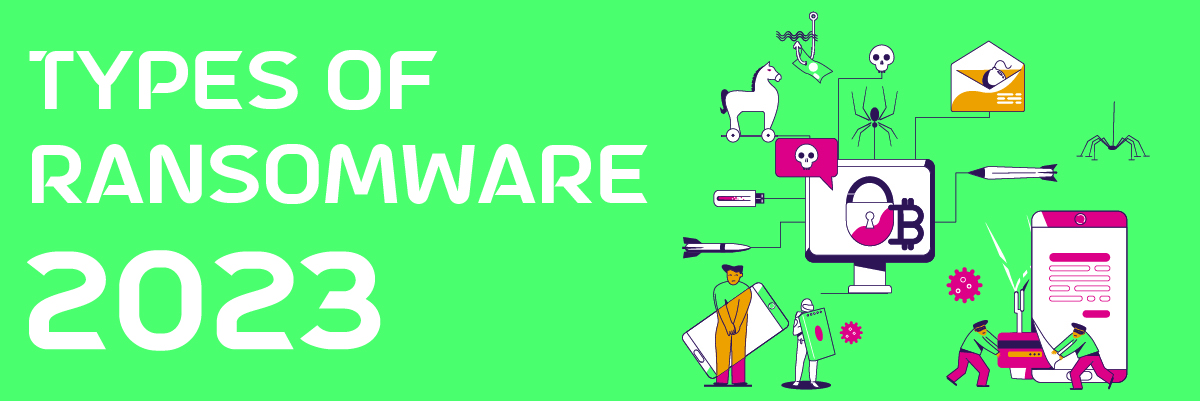
Types of Ransomware 2023
Ransomware is a type of malicious software that can cause significant damage to individuals, businesses, and even entire industries. It works by encrypting the victim’s files or locking them out of their computer or network and demanding payment, usually in a cryptocurrency, in exchange for the decryption key.
In recent years, ransomware attacks have become increasingly common and sophisticated, leading to significant financial losses, data breaches, and reputational damage. It is essential to be aware of the different types of ransomware to better protect against them.
This blog post will discuss some of the most common types of ransomware in 2023, including traditional ransomware, crypto-jacking, mobile ransomware, IoT ransomware, and Ransomware-as-a-Service (RaaS). We will also explore the impact of each type of ransomware and what individuals and organizations can do to prevent and respond to these attacks.
Traditional Ransomware
Traditional ransomware is the original form of ransomware and the most commonly known type. It encrypts the victim’s files and demands a ransom for the decryption key. Typically, the ransom demand is made in Bitcoin or other cryptocurrencies, which makes it challenging to trace and recover the funds.
The most common delivery method for traditional ransomware is phishing emails containing malicious attachments or links. Once the victim clicks on the link or opens the attachment, the ransomware is downloaded and installed on their computer, and it begins to encrypt the files. The victim is then presented with a message that demands payment, often with a deadline, and threatens to permanently delete the encrypted files if the ransom is not paid.
Examples of traditional ransomware include WannaCry, Locky, and Crypto Locker. These attacks have caused significant disruption and financial damage to individuals and organizations across the globe. The WannaCry ransomware, for instance, affected more than 200,000 computers in 150 countries in 2017, causing an estimated $4 billion in losses.
To protect against traditional ransomware attacks, it is crucial to practice good cybersecurity hygiene, such as keeping software up to date, using strong passwords, and being cautious when opening emails or clicking links. It is also essential to back up important data regularly and store backups in a secure location, separate from the main network. A reliable backup system can help reduce the impact of a ransomware attack by enabling the victim to restore their data without paying the ransom.
Cryptojacking
Cryptojacking is ransomware that has become increasingly prevalent in recent years. Unlike traditional ransomware encrypts the victim’s files, cryptojacking hijacks the victim’s computer processing power to mine cryptocurrency, such as Bitcoin or Monero.
This can cause the victim’s computer to slow down significantly or even crash. The victim is then presented with a message that demands payment, often with a deadline, in exchange for stopping the mining operation.
Examples of cryptojacking ransomware include Smominru, CoinMiner, and WannaMine. These attacks have caused significant financial losses to both individuals and organizations, as the cost of electricity required to mine cryptocurrency is often passed on to the victim.
Antivirus software and ad-blockers can help prevent cryptojacking from infecting your computer. Additionally, monitoring your computer’s performance and taking action if you notice any unusual activity, such as a sudden slowdown or increased fan noise, is important.
Mobile Ransomware
Mobile ransomware targets mobile devices such as smartphones and tablets and is one of the most popular types of ransomware 2023. This ransomware can lock the victim out of their device or encrypt their files and then demand a ransom for restoring access.
Mobile ransomware typically infects a victim’s device through a malicious app, often downloaded from third-party app stores or links in phishing emails. Once installed, the ransomware can lock the victim out of their device by displaying a fake lock screen, which demands payment to unlock the device. It can also encrypt the victim’s files and demand payment for the decryption key.
Examples of mobile ransomware include SLocker, Fusob, and DoubleLocker. These attacks have caused significant financial losses and data breaches, as mobile devices often contain sensitive personal and business information.
To protect against mobile ransomware attacks, it is important to only download apps from trusted sources, such as the Apple App Store or Google Play Store. Suppose your device becomes infected with mobile ransomware. In that case, it is important to contact a security expert and refrain from paying the ransom, as there is no guarantee that the attacker will restore access to the device.
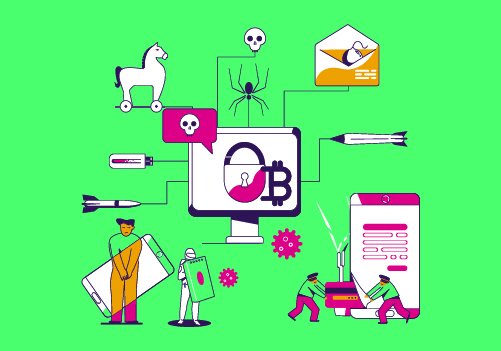 IoT Ransomware
IoT Ransomware
IoT (Internet of Things) ransomware targets internet-connected devices, such as smart home appliances, security systems, and other IoT devices. These devices are often connected to the internet without proper security, making them vulnerable to attack.
IoT ransomware typically infects a device through unsecured connections, such as default usernames and passwords or outdated firmware and software. Once infected, the ransomware can lock the victim out of their device or encrypt their files and demand a ransom in exchange for restoring access.
Examples of IoT ransomware include BrickerBot and Hajime. These attacks have caused significant disruption to IoT devices and networks, as IoT devices often lack security updates and are not monitored as closely as traditional computing devices.
To protect against IoT ransomware attacks, it is essential to change default usernames and passwords on IoT devices and ensure that all firmware and software are up to date. It is also important to monitor the network for unusual activity, such as changes to device configurations or a sudden increase in network traffic.
Implementing network segmentation, which separates IoT devices from other devices on the network, can also help prevent the spread of IoT ransomware. Backing up data regularly and storing backups in a secure location is also essential in case of an IoT ransomware attack.
Ransomware-as-a-Service (RaaS)
Ransomware-as-a-Service (RaaS) is ransomware that operates as a subscription-based model. In this model, the creators of the ransomware provide access to the ransomware software and infrastructure to third-party attackers, who use it to carry out ransomware attacks on their targets.
RaaS makes it easier for less technically skilled criminals to launch ransomware attacks. They can purchase access to the ransomware software and support services without needing coding or infrastructure setup expertise. The RaaS provider takes a cut of the profits generated from the attacks, making it a lucrative business model for both the RaaS provider and the attackers.
Examples of RaaS include DarkSide, REvil, and Avaddon. These groups have carried out high-profile attacks on organizations and demanded large ransoms in exchange for returning the encrypted data.
Implementing a defense-in-depth strategy, including firewalls, antivirus software, and intrusion detection systems, are important. Backing up data regularly and storing backups in a secure location is also essential in case of a ransomware attack. In addition, organizations should educate their employees on how to detect and respond to phishing emails and other social engineering attacks.
Conclusion
Ransomware attacks continue to be a significant threat to individuals and organizations alike. As the types of ransomware continue to evolve, it is crucial to stay informed about the latest trends and strategies to protect against them.
To protect against ransomware 2023 attacks, it is vital to implement a comprehensive security strategy that includes regular software updates, strong passwords, and security awareness training for employees. Backing up data regularly and storing backups in a secure location is also essential in case of a ransomware attack.
As the threat landscape continues to evolve, it is essential to stay vigilant and adapt to new threats as they emerge. By staying informed and implementing best practices for ransomware prevention and response, individuals and organizations can reduce their risk of falling victim to a ransomware attack.
Working with a reputable cybersecurity provider like Protected Harbor can increase your organization’s resilience to ransomware attacks and help protect your business from potentially devastating financial and reputational damage.
A comprehensive ransomware protection solution from Protected Harbor includes measures such as:
- Regular software updates and patches to prevent known vulnerabilities from being exploited
- Strong password policies and multi-factor authentication to prevent unauthorized access to sensitive systems and data
- Security awareness training for employees to help them identify and report suspicious activity
- Network segmentation to prevent ransomware from spreading across the network
- Data backup and recovery solutions to ensure that critical data can be recovered in case of a ransomware attack
- Antivirus and anti-malware software to detect and prevent ransomware attacks before they can cause damage
- Intrusion detection and response systems to detect and respond to suspicious activity on the network
As a trusted cybersecurity partner, we can help you evaluate your specific needs and implement the appropriate solutions to keep your business secure from types of malware 2023. Get your business a free cybersecurity assessment and a ransomware protection strategy today.

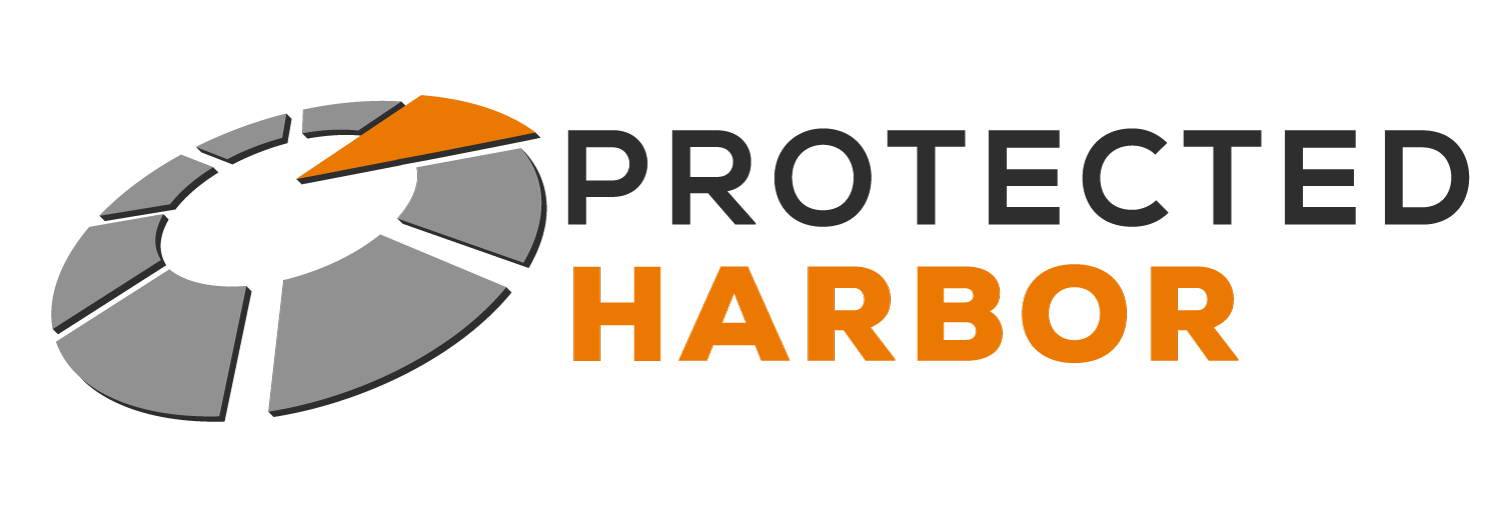
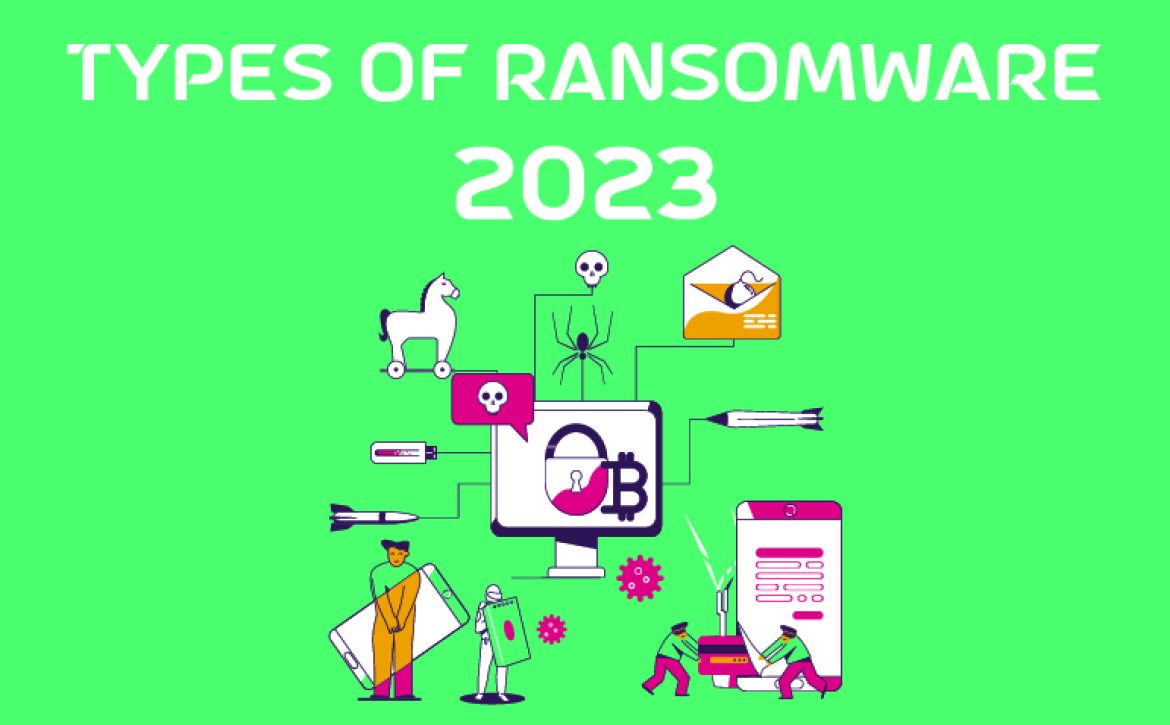

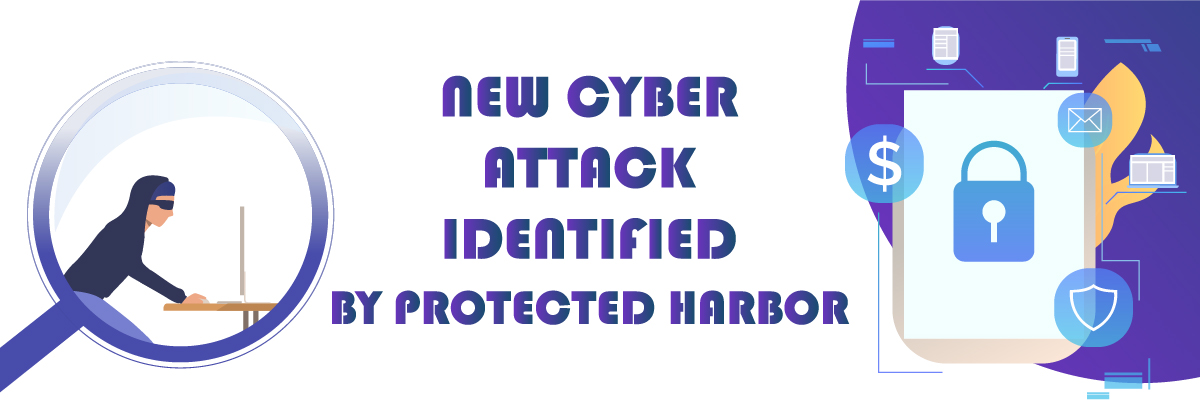

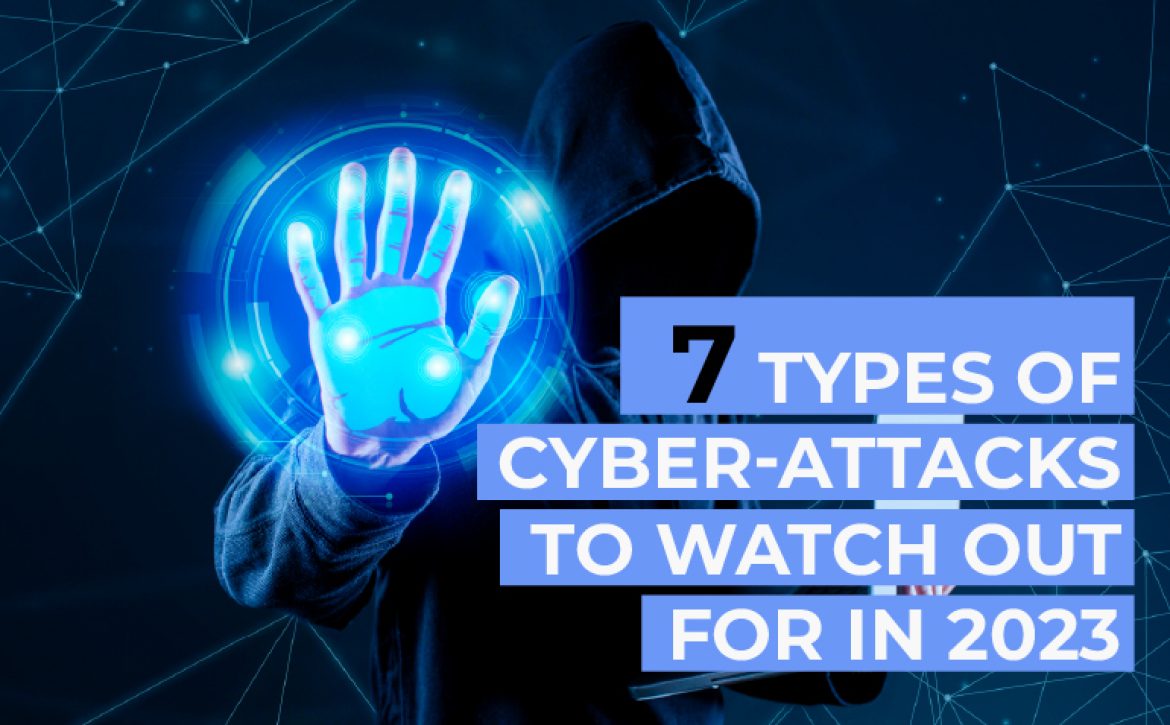
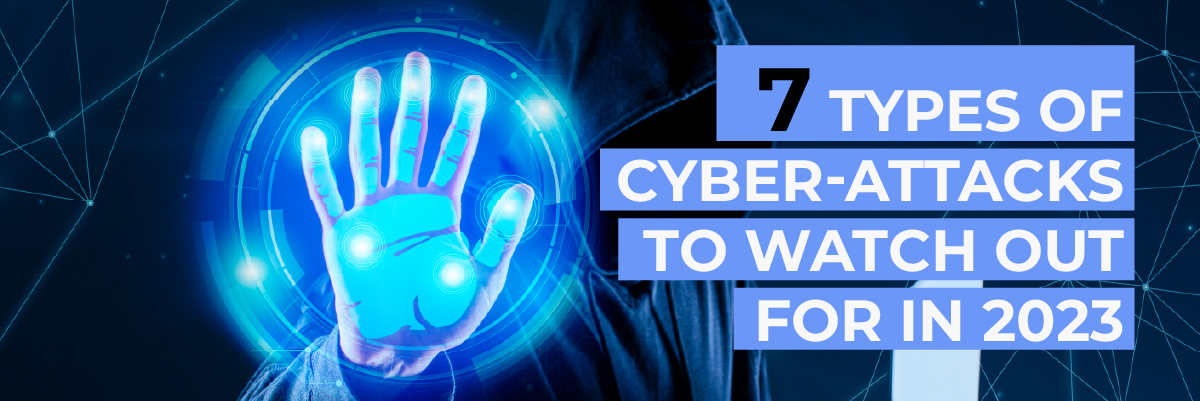
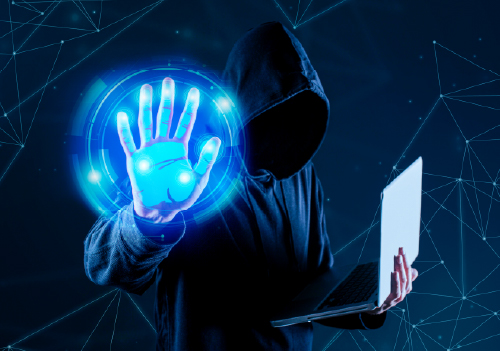

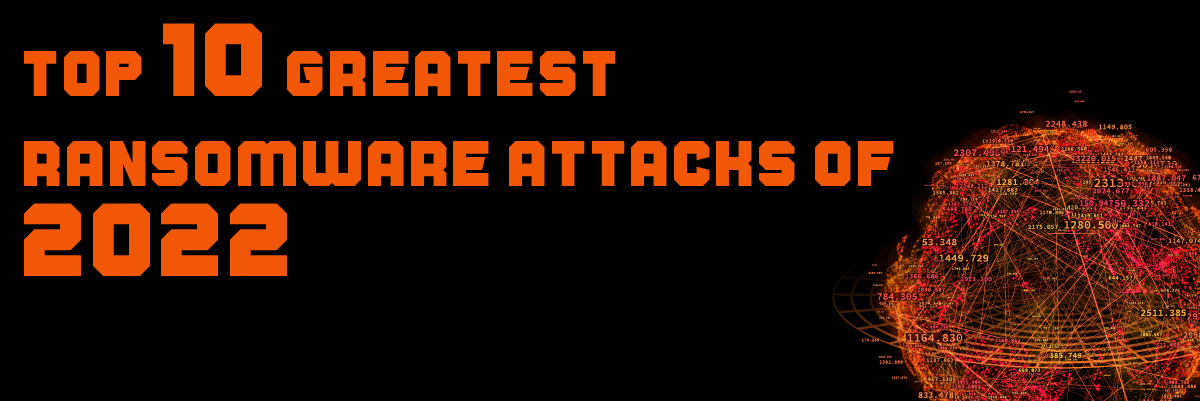
 1. Bridgestone
1. Bridgestone
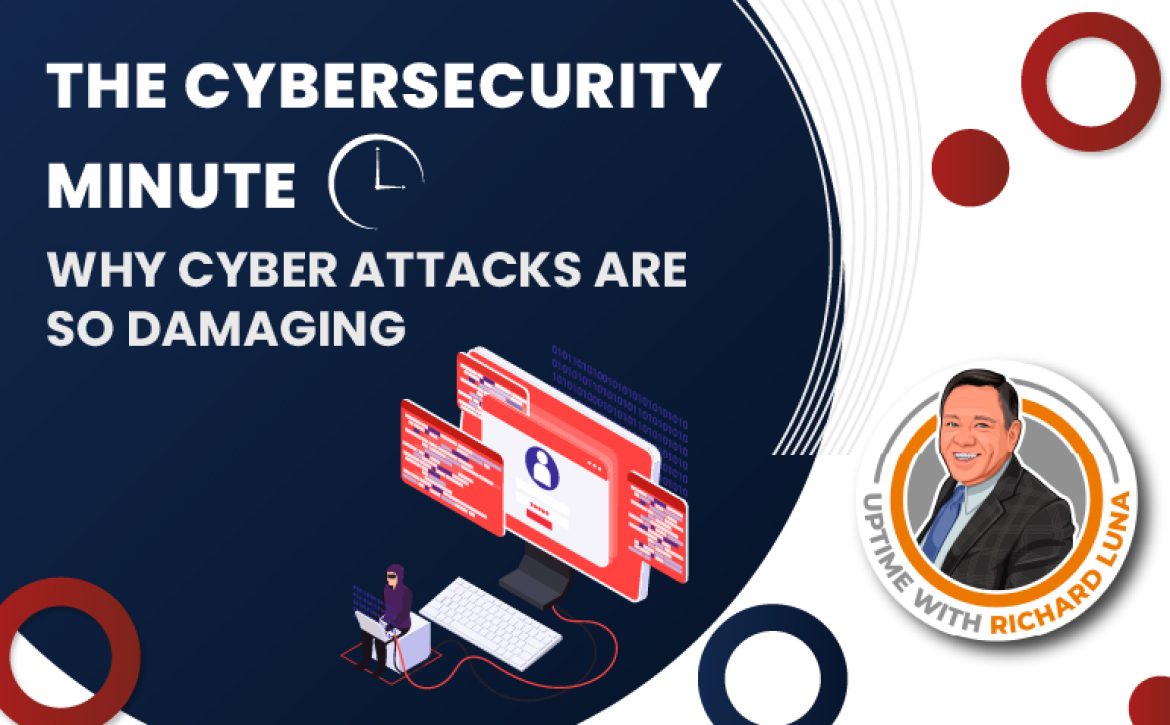


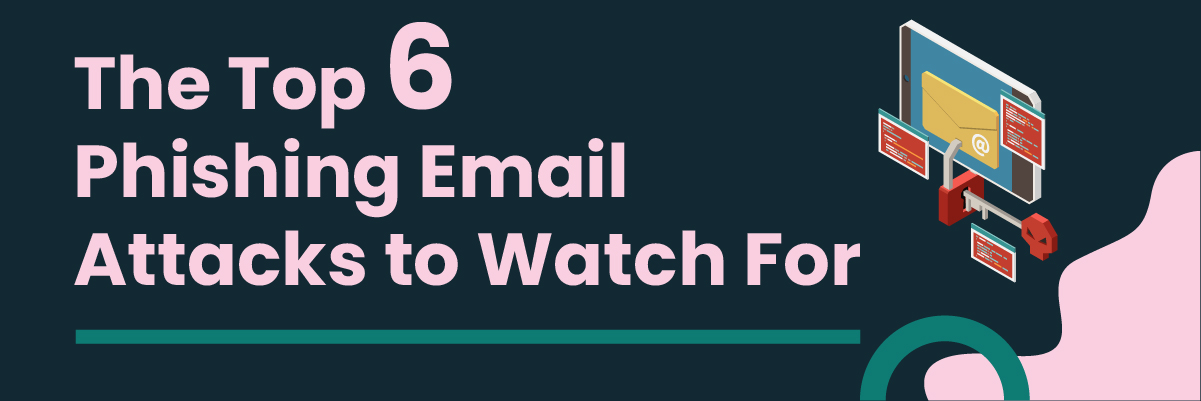
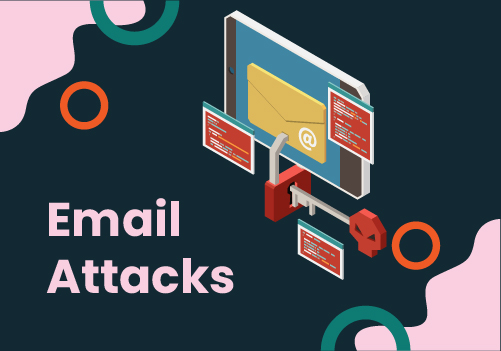 Top Phishing Email Attacks to Watch For
Top Phishing Email Attacks to Watch For
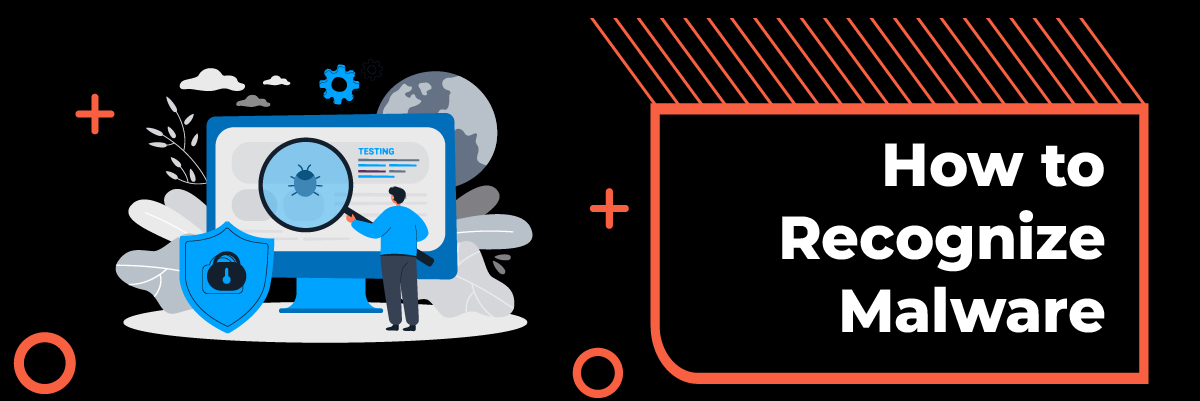
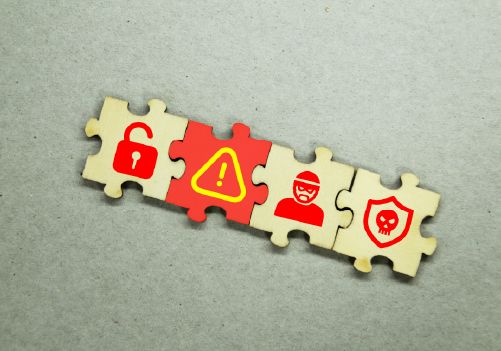 Ways to Tell if You’re Infected with Malware
Ways to Tell if You’re Infected with Malware